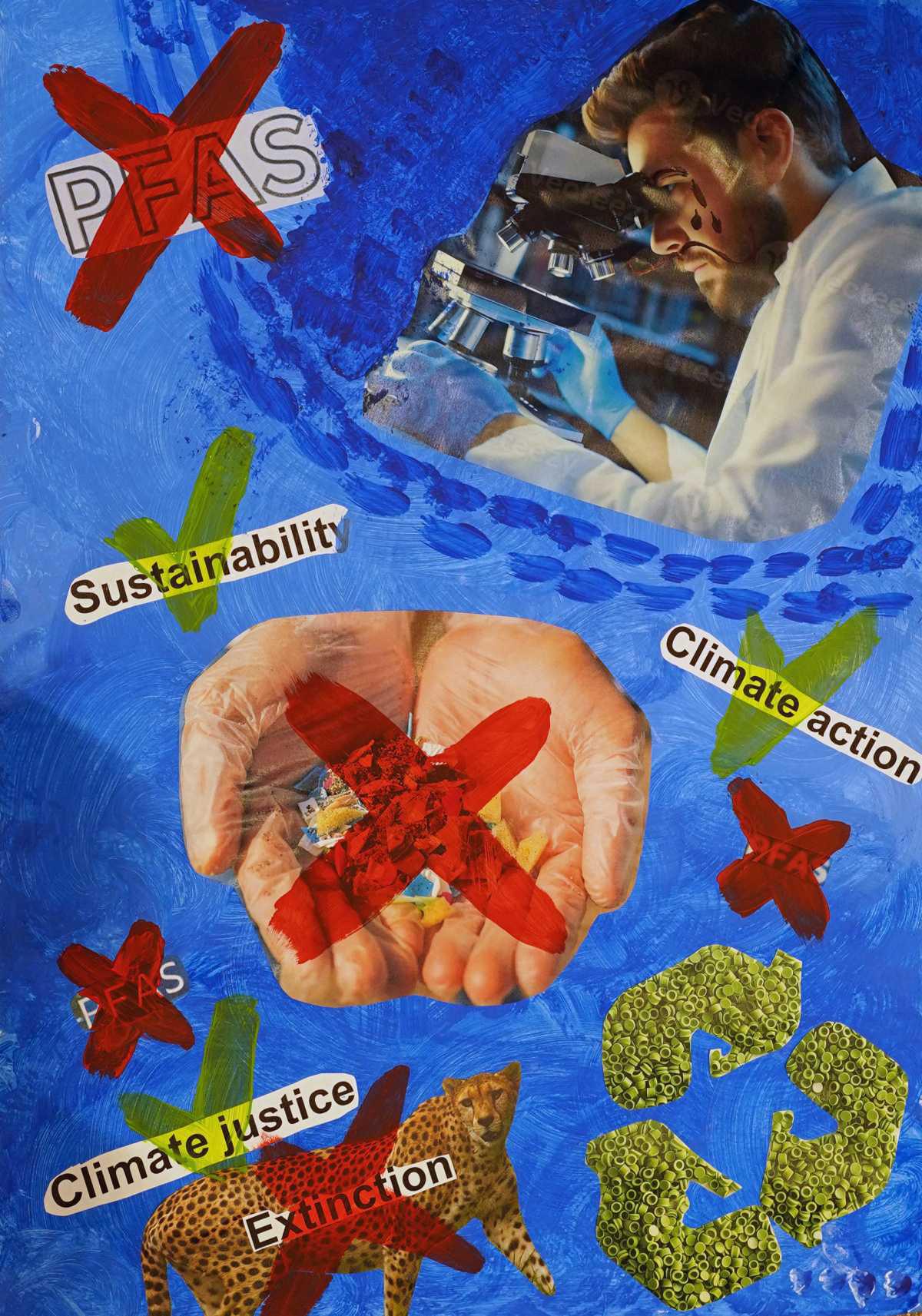What is the optimal timing for antibiotic administration to minimise resistance development while maximising therapeutic effectiveness?
Can Sayinatac (2009), Konstantin Lek (2008), Harald Sveen (2008)
International School of Luxembourg
This paper identifies overuse as a primary contributor to resistance, noting that many antibiotics now fail to cure infectious diseases, despite being classified as effective bactericidal agents based on antibiotic susceptibility tests. To further explore this issue, we reviewed data from past studies to determine which bacterial phase—lag, log, stationary, or death—is most susceptible to antibiotic administration.
Alongside compiling existing papers, we conducted an experiment to quantify the impact of amoxicillin administration on certain growth phases of E. coli as well as the effects of tetracycline on B. subtilis. The results indicated that the colony size of E. coli decreased by 49.1%, while the colony size of B. subtilis was reduced by 39.3% when antibiotics were administered during the log phase. Similarly, during the lag phase, reductions of 35.4% and 25.5% were observed in the colony sizes of both bacteria.
Our findings suggest that the lag phase is when antibiotics are least effective against bacteria, which is unexpected given that the bacterial population is at its lowest and no replication is occurring. In contrast, antibiotics are most effective during the exponential or log phase, likely because they target multiplication and essential mechanisms such as protein synthesis, which are most active during this stage.





